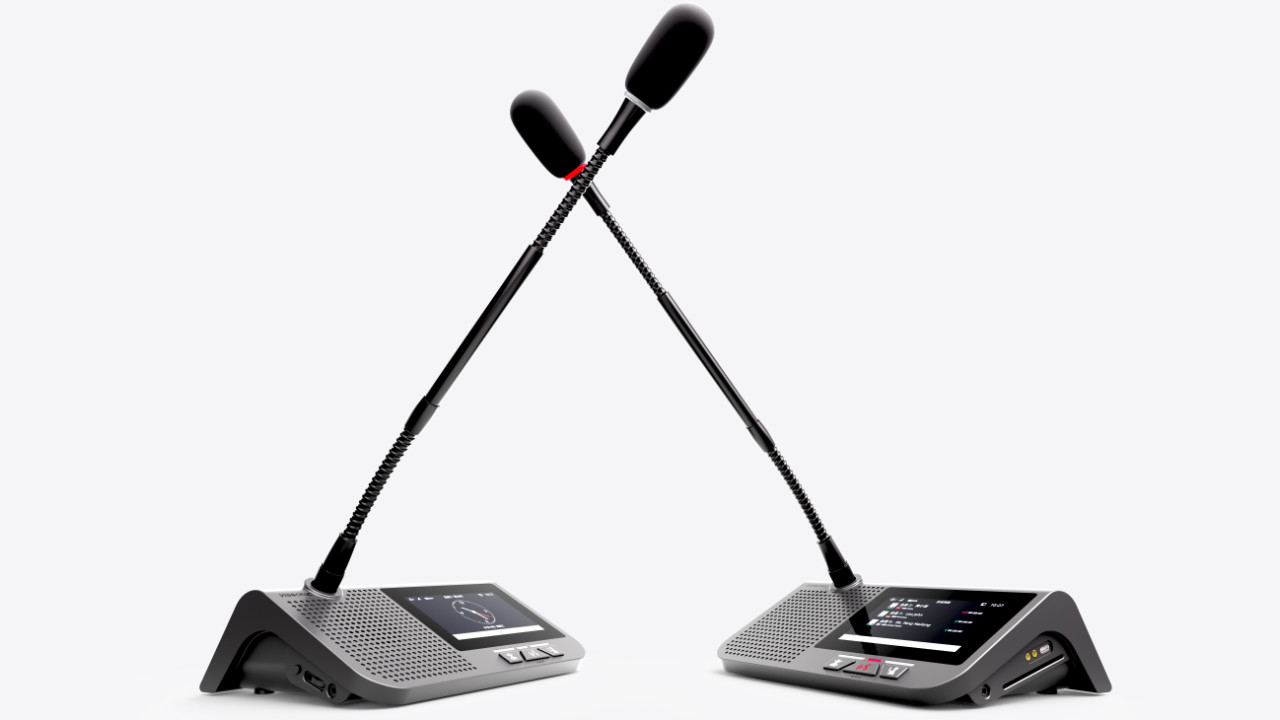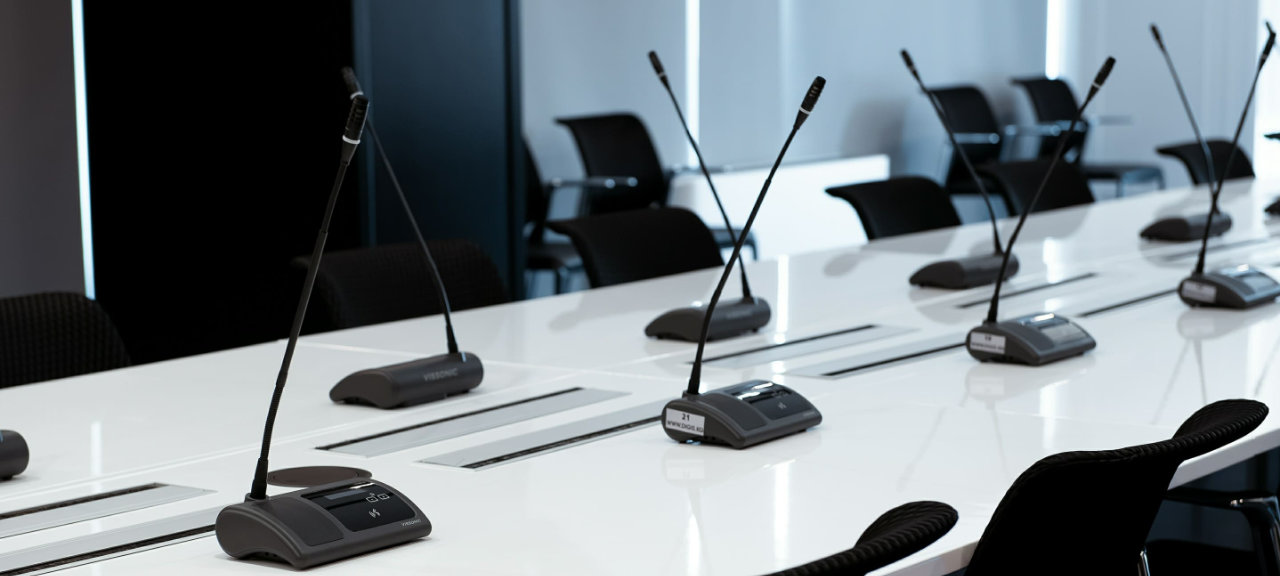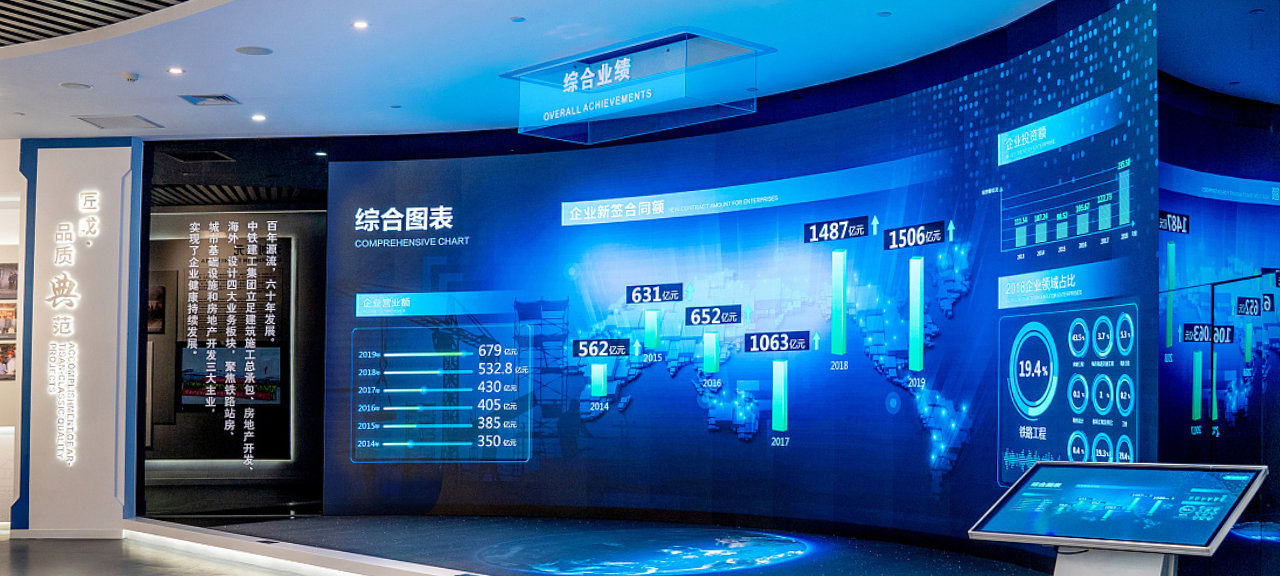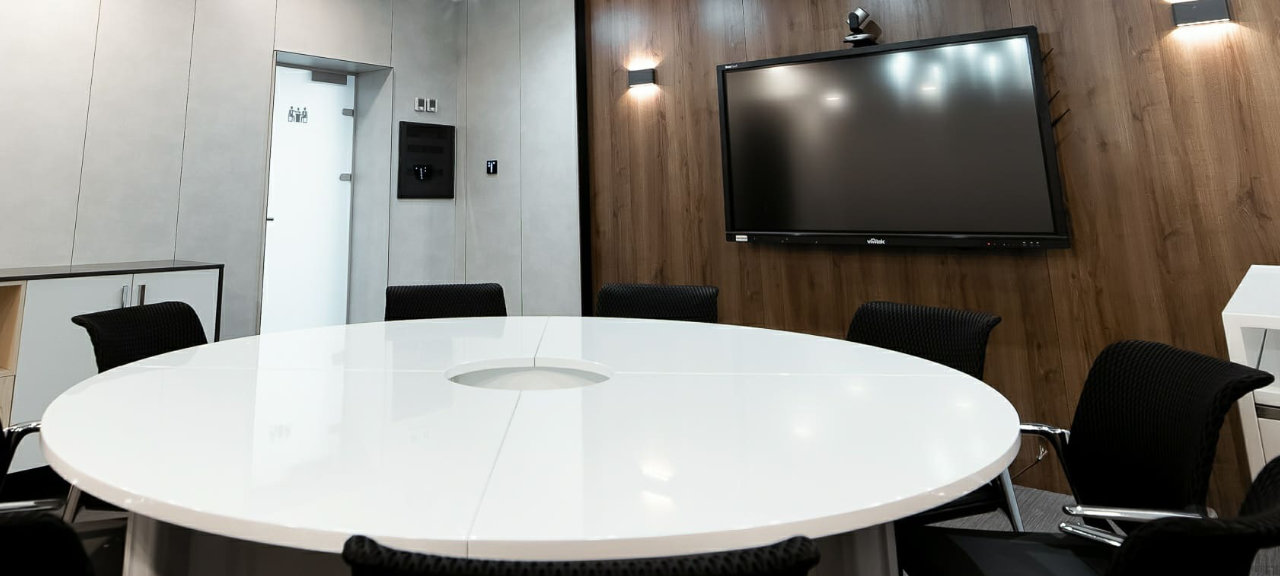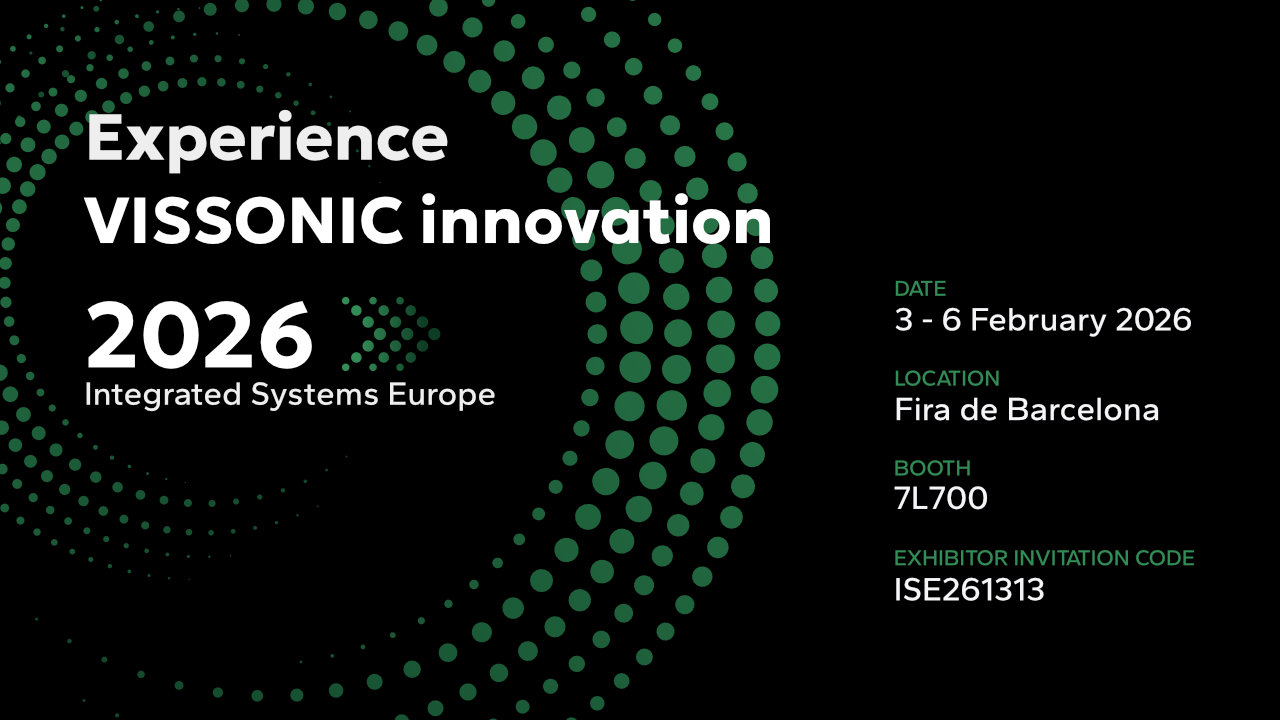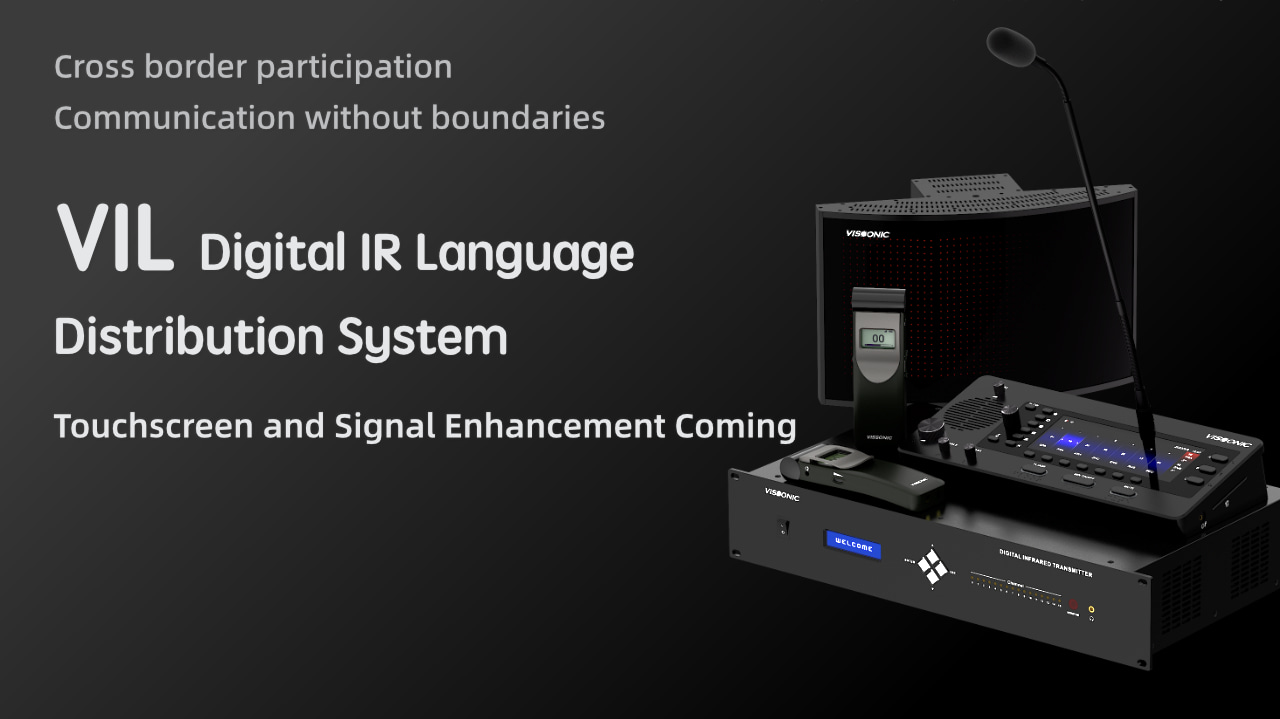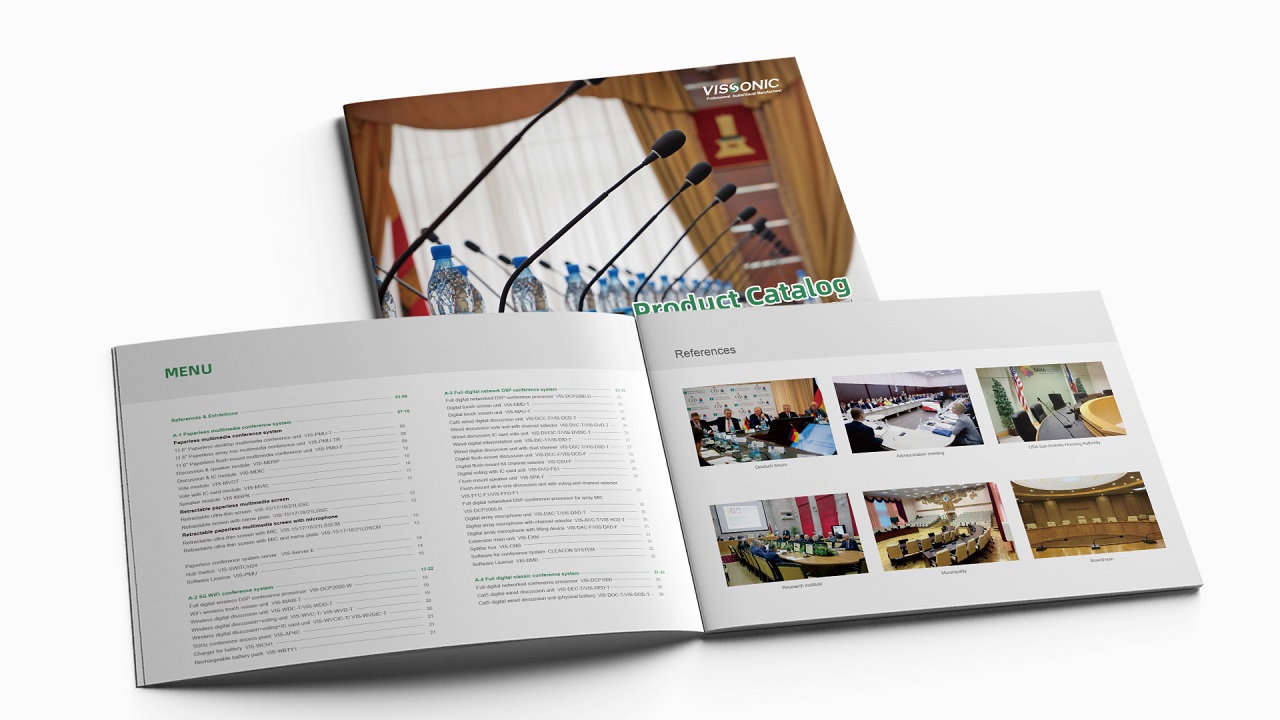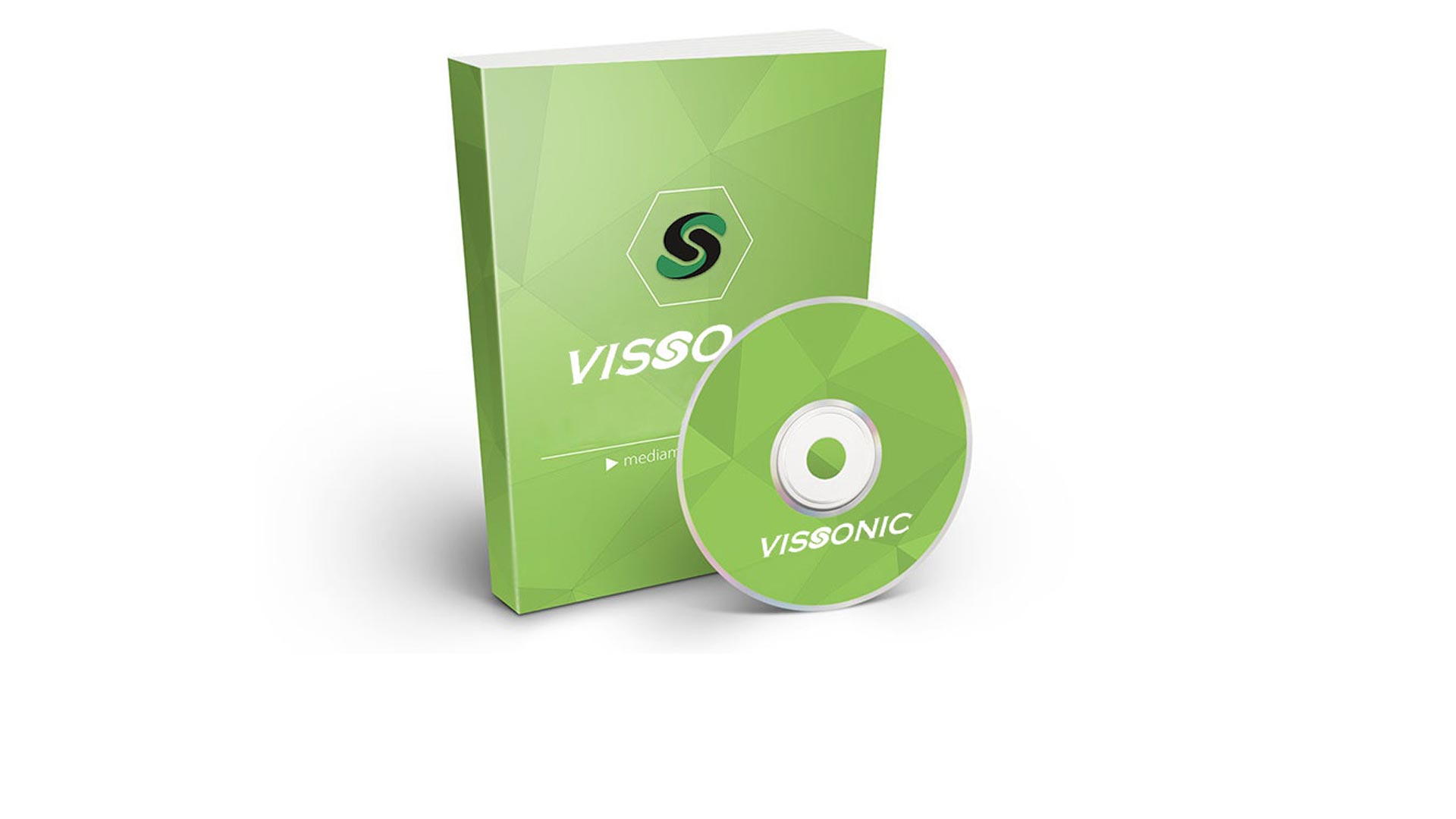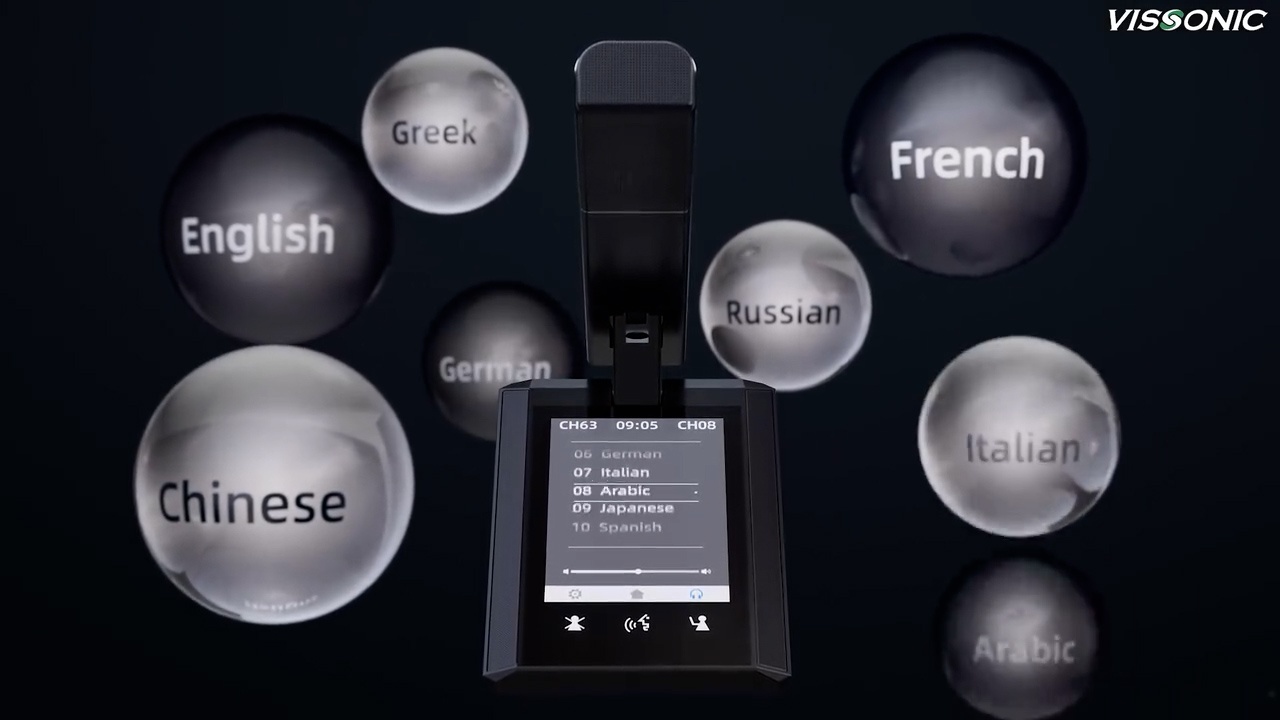How DSP Enhances Audio for A Successful Confrence
Audio is the cornerstone of any meeting: without quality audio, the entire collaborative event quickly begins to unravel, becoming frustrating and unproductive. Digital signal processors (DSPs) play a critical role in the meeting room and can transform the audio experience.
DSPs manage the audio inputs and outputs in a conference system, processing all audio signals to deliver clear, intelligible speech to conference participants. As the backbone of conference audio, DSPs come in many forms. Conference phones often have integrated DSP chips that provide the necessary processing power and other technology to ensure a quality experience. Larger collaborative environments use more discrete microphones and speakers and require a dedicated DSP device. This discrete unit has the processing power needed to handle the large volume of audio input and output within the room and across the UC network.

When conference participants connect through an audio endpoint, typically the DSP's first job is to perform echo cancellation (AEC). While you hear the echo of your own voice on the local speakers, other people's communication devices cannot echo cancel your signal. Because your voice is amplified at the far end (the meeting space you are connected to), it is picked up by the far-end microphone and played back on your speakers. The AEC hardware and software compares the microphone's signal with your own incoming voice played back at the far end and subtracts it from that microphone's signal before passing it on.
After the echo is removed, the DSP provides automatic gain control (AGC). Here, the DSP should amplify each incoming microphone signal to approximately the same level. Without AGC, the user at the far end will either be bombarded by loud people or strained by hearing soft people.AGC adjusts the volume to a comfortable level throughout the conversation.

Mixing and Gating
DSP confrence system also offers mixing and pass-through technology. If all microphones must be fed to an output (such as a phone line or video conferencing device), the input from each microphone must be mixed into the output signal. The output signal can be routed through multiple outputs simultaneously or independently, such as the Internet, a telephone line, or a recording system. "Gating" means that the system can selectively deactivate certain microphones. For example, some advanced DSP algorithms can distinguish between human speech and noise, such as typing, paper wrinkling and finger tapping, and ignore signals from noisy microphones until speech is detected again.

The output signal needs to be defined and encoded by the DSP. Thus, the DSP sends the analog signal to a speaker or amplifier, the digital stream to a VoIP phone system, or the digital stream to a USB or Ethernet port (e.g., AVB or Dante format). Since microphone signals may be mixed or unmixed, the DSP must provide the correct digital signal encoding/decoding (using a codec) in the industry-standard specific format required by the channel and protocol. In conference audio voice for digital systems, the DSP and codecs convert the analog voice signal to digital and back again. The digital transmission of data increases the potential traffic on the network. DSPs and codecs can provide security by encrypting the data stream while also potentially reducing the required transmission bandwidth.

Multimedia Digital Conference Unit
Finally, the VISSONIC DSP has other features to improve the experience. Noise cancellation reduces the ambient noise in the microphone pickup signal, preventing it from being heard at the far end. Noise fill, on the other hand, injects noise so that when no one is talking and it's too quiet, the listener doesn't think he's disconnected. Master mute and volume controls provide further intelligence for larger, more complex installations.
Whether the conference application is small or large, DSP plays a vital role by fine-tuning and optimizing the audio signal flowing into and out of the room. The result is clear and understandable presentations where everyone can hear successful, productive collaboration. Please contact VISSONIC today to set your conference audio systems.

